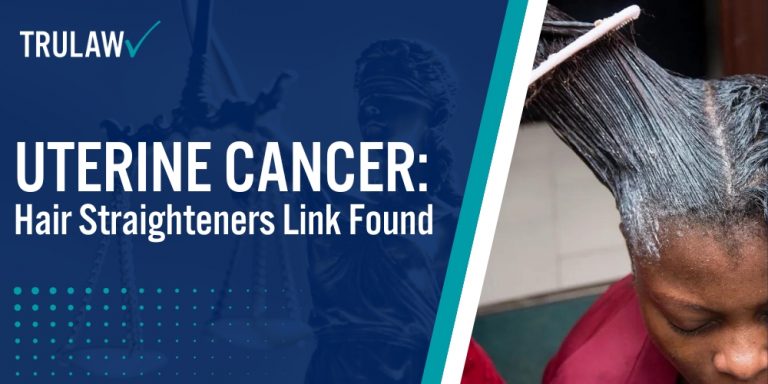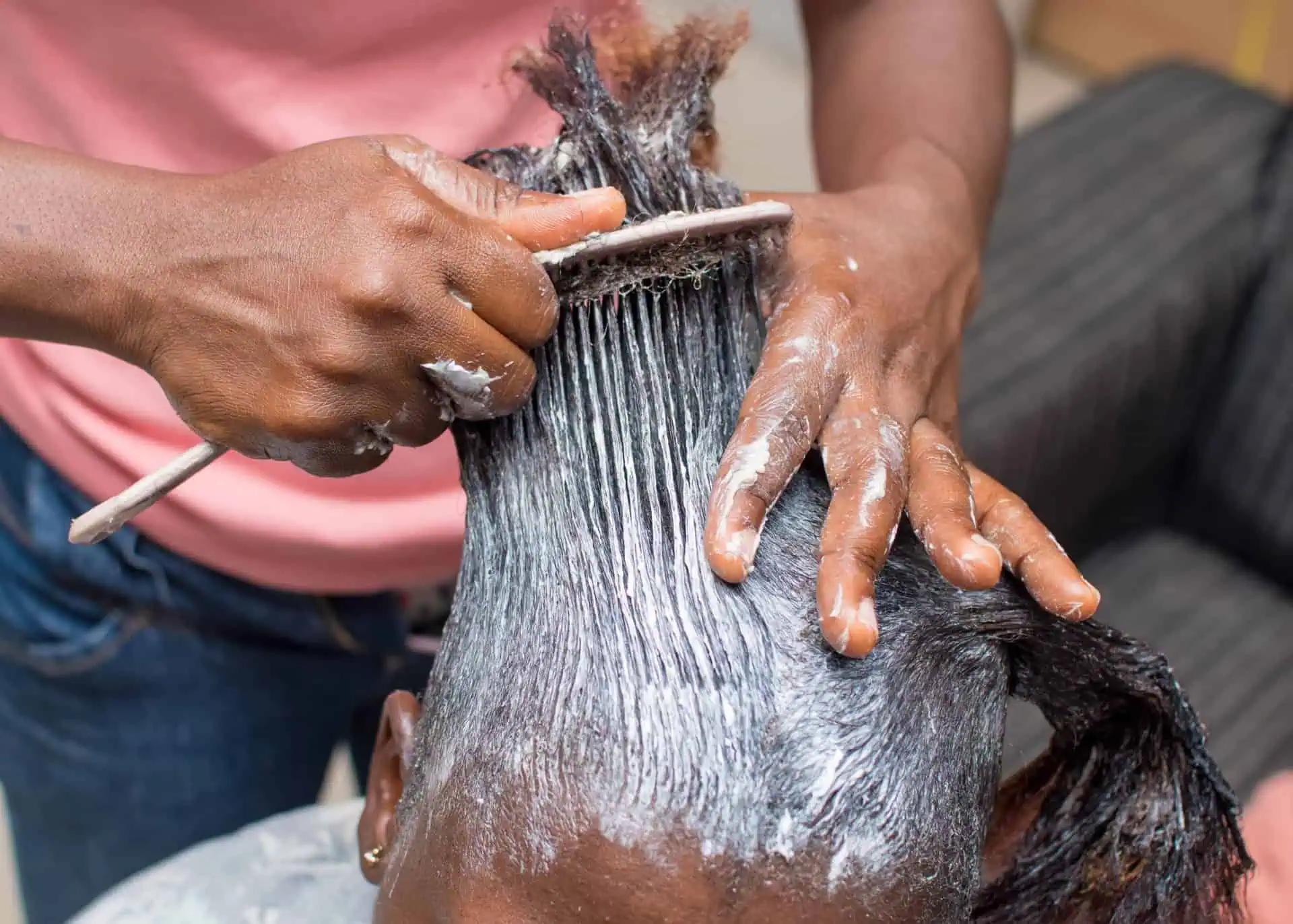Uterine cancer, primarily affecting the endometrial lining of the uterus, stands as the most common gynecologic cancer in women.
With various risk factors at play, including age, genetics, and lifestyle choices, understanding this disease’s prevalence and impact is crucial for early detection and intervention.
Treatment for Uterine Cancer
The primary treatment for uterine cancer is a hysterectomy, which involves the surgical removal of the uterus.
Here are some important facts about uterine cancer:
- Hysterectomy: This is the main treatment for uterine cancer and involves the surgical removal of the uterus.
- Chemotherapy and Radiation Therapy: These treatments may be used in addition to a hysterectomy or if surgery is not an option.
Other treatment options may include chemotherapy and radiation therapy, depending on the stage and type of cancer, as well as the patient’s overall health.
How common is Uterine Cancer?
Uterine cancer stands as the most common gynecologic cancer in the United States, affecting a significant number of women every year.
According to the National Cancer Institute, this illness particularly targets the lining of the uterus known as the endometrium.
The 2022 study further illuminates that hair straightener use could heighten uterine cancer risk for frequent users.
Every year, thousands are diagnosed with this hormone-sensitive cancer.
The research presents a concerning correlation: those who regularly apply chemical hair straightening products might face up to twice the likelihood of developing uterine cancer compared to non-users.
Uterine Cancer Hair Straighteners: Risk Factors
Understanding the risk factors for uterine cancer can empower women to take proactive steps in their health.
It’s important to note that while some risks are controllable, others are not.
The risk factors for uterine cancer are varied and include:
- Age: The likelihood of developing uterine cancer increases with age, especially after menopause.
- Obesity: Excess body fat can lead to increased estrogen levels, which heightens the risk of endometrial cancer.
- Genetics: Women with a family history of uterine or other hormone-sensitive cancers like breast and ovarian cancer may have a higher risk.
- Reproductive History: Never having been pregnant or later age at first pregnancy can add to the risk factor profile for developing uterine cancer.
- Hormone Therapy: The use of estrogen without progesterone, especially in postmenopausal women, can increase the risk.
- Oral Contraceptive Use: While it often lowers the risk of ovarian and endometrial cancers, certain formulations might contribute differently to individual risks.
- Personal Health History: Previous diagnosis relative to other cancers such as breast or ovarian cancers may increase uterine cancer risk.
- Ethnicity and Race: Research has shown that Black women may be at a statistically significantly higher rate of developing uterine cancer compared with women of other races.
- Chemical Exposure through Hair Products: Researchers found that frequent use of chemical hair straighteners is linked to an increased uterine cancer risk, particularly concerning given their prevalence among Black women who already face a higher vulnerability due to disparities in environmental health exposures and healthcare access.


